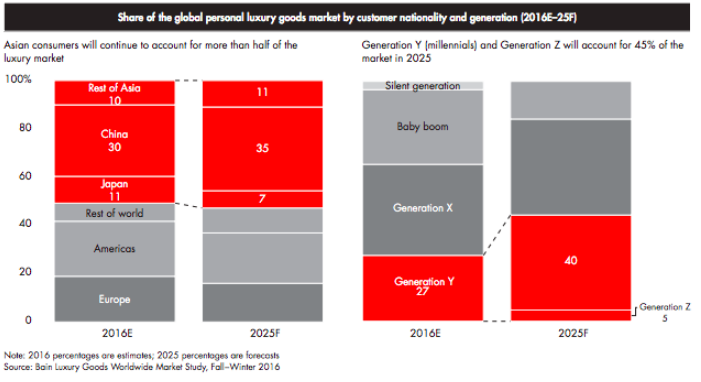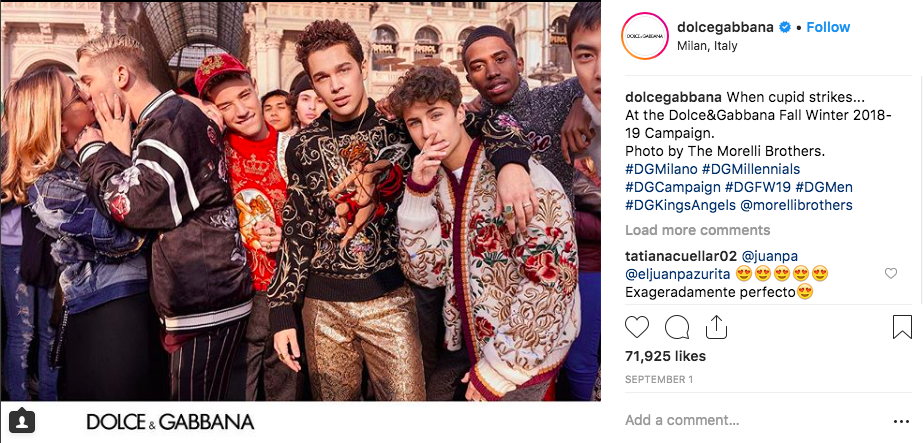Digital Innovations and the future for agencies: Interview with Peak Seven CEO Darren Seys
Darren Seys is the founder and CEO of Peak Seven Advertising, an award-winning advertising, and marketing agency in Boca Raton. With over two decades of experience in the industry, Darren leads a talented team of results-driven marketers and creative designers to achieve great results and help their clients’ business grow.
I had a chance to talk with Darren about his work in advertising and how the digital and technological transformation has impacted the way agencies work today.

Thank you for your time today Darren. Why don’t you tell me a little bit about yourself and your company, Peak Seven?
I grew up on a farm, moved to South Florida, and got my start as an illustrator for Nascar. Ultimately ended up in Boca Raton. Had an agency and sold it and started Peak Seven in 1999. Peak Seven is a full-service Ad Agency, that started of really with a branding and design background and morphed into a more of a high-level technology digital marketing agency, with branding as well, but the digital took over the branding as far as our main services.
How do you think the role of the Agency has evolved through the years?
Agencies typically would actually manage the media at a high level, some ad agencies made most their money in media commission. But it has evolved now, where the transparency out there, that the media outlets have basically stepped around agencies and sell direct. So agencies had to make themselves more valuable in other ways.
Fortunately for the agency world, technology has evolved so much that it basically gave the agency a ton of value in the strategy side of the business. It allowed us to have a skill set that a lot of people couldn’t find. You would have, not just an artist and creative people in-house, but now you also have roles like digital strategists, and of course, media still being a big part of it.
What are your greatest concerns as the CEO of a digital agency?
That technology gets so advanced that you can do the bulk of what we are doing now, yourself (the client). The metrics and the platforms will basically do so much testing for you, even if you aren’t doing it well, it can actually funnel it through to where it allows you to get high performance, even without heavy strategy or agencies behind it, trying to create the best opportunity for you to gain ROI on your money.
You already have platforms like Facebook and Google that kinda tell you, you should be doing this, consider that. With Facebook now you can upload five headlines, five subheaders, ten images and it rotates to a hundred different scenarios and combination of an ad, something you could never do before, you can run a Facebook campaign yourself.
What are the biggest challenges for digital agencies in today’s digital environment?
Staying ahead of it and finding what actually works best for the client. Obviously, we have our verticals that we deal with, but it’s forever changing. Right now, the best thing for agencies is a lot of new technology that will continue to come out, it makes us stay ahead of the game.
Also, talent, high-level talent. That literally makes a difference in the performance. You are always going to have the marketing strategy side of everything, forgetting the technology for a second, someone that has to put together the plans, ideas, the vision, the target audience and what the client is trying to go for. The technology comes in the implementation and in reaching those goals.
It used to be you bought tv, you bought radio, you ran print ads, newspaper ads, and that’s how you reached your market. Now, there are thousands of different channels to reach them, then what metrics you use for KPI’s, so data analysis and data crunching is the space that’s gonna be hugely valuable in the future, already is now.
There are agencies out there already hiring data scientist, and they are starting out at $200,000 out of college, based on their degree and what they did, just to crunch the data. You know why? It’s all trackable, and then you just have to do actionable items out of it.
What are your thoughts on the digital and technological transformation affecting this industry? We hear about AI, chatbots, programmatic advertising, voice search and so on. How do you think all of this is impacting ad agencies and clients?
AI is going to be everything. I was in Hong Kong and I saw some demonstrations of what they are doing now with it and it’s literally going to be everything in my opinion. You can feed it so much information and it’s so smart that it can learn from it. On your day to day communication, the first point of contact in your company a lot of the times is a person, that is getting eliminated, now with bots and AI, we are even going to be able to get faces that are computer generated, and they will talk and everything.
You’ll be interacting with avatars all the time, and not even realize it, they are going to be so educated that people are going to accept it. Fifteen years ago you never thought you would buy a car online, and years from now people are going to be communicating with these avatars like it’s no big deal, my rep is Johnny and he is not even real. To me artificial intelligence is huge.
In your opinion, what’s the biggest trend in the near future that marketers should not ignore?
On the digital marketing side, I’ve heard that with these privacy laws, what you were able to do, you were able to target people with geo-fencing, geo-targeting, income, gender and all those types of things. The reality is the more the privacy laws expand, the less that stays relevant. So, ironically, the organic results are gonna come back into play, the whole world of SEO, that was kinda pushed with paid, SEO may come back to play because you’re not going to be able to target as much.
Cookies are going to get removed, from browsers and everything like that. I think even this week, Chrome is going to be losing those cookies, right, so when you look at retargeting, remarketing, as they say, a cookie may be active for 24h hours. That changes everything on paid advertising.
I also think there’s a trend where most verticals, if they are performance-based campaigns, are going to end up in a few channels, based on the verticals you’re in. We work with Real State so we have some channels that just perform, you’re not really going to do anything else. It used to be back in the day, with magazines, you would run 10 magazines because you weren’t sure which one was going to be working, now you’ll just know.
To me, it really affects brand awareness, because businesses don’t really look at it as a KPI or ROI. I spend a thousand dollars and had 100,000 impressions, that doesn’t work. You want to spend a thousand dollars and get leads. So brand awareness is getting much more difficult to actually sell and perform, to clients, because they have a budget, it’s super tight, everyone’s budgets are getting tighter, so if you can’t produce leads and or tangible assets that they can translate back to sales, you’re toast.
For some, it’s not like you’re Coke or Pepsi, where you can just put up billboards to keep people reminded of you. At least in the space that we deal in.
What would be the best recommendation you could give to businesses starting with digital advertising?
Take small budgets and test, test all the channels to see which one is performing the best for you. Define what your metrics are for performance, what does well, what doesn’t. If you do want to have some branding and exposure, try to work with two separate budgets, one that will be allocated to brand awareness and the other that is dedicated to performance. If you muddle the two together is going to skew the numbers on your ROI performance and not really be fair.
But yes, just test multiple channels, whether it is Pandora radio or Twitch, Snapchat, all these different channels, you don’t know which one is going to work best for you, maybe some of them will be a little more obvious, don’t be afraid to mix it up. You can’t just go with what’s working today, you will be surprised because there are so many niches online with all these different components.


